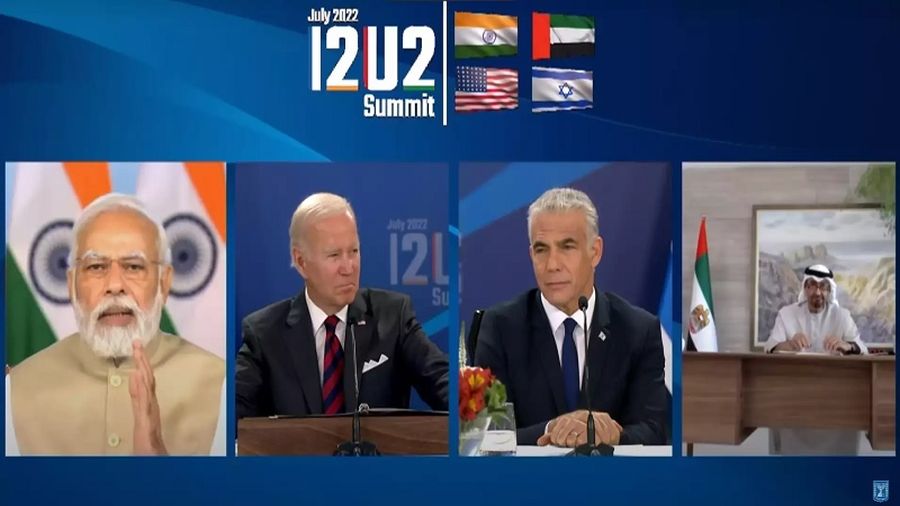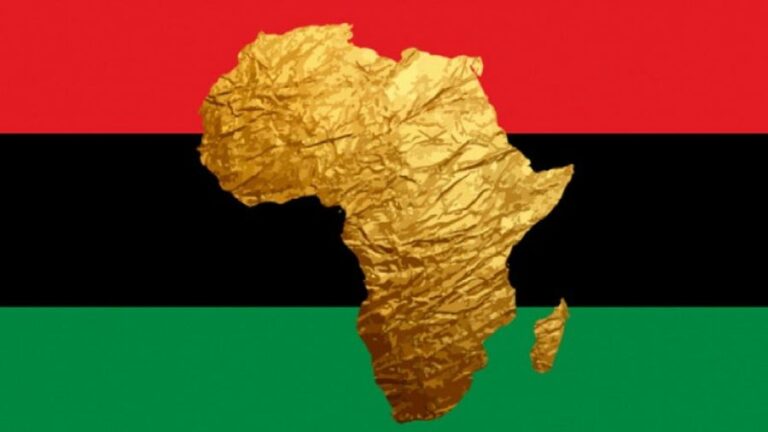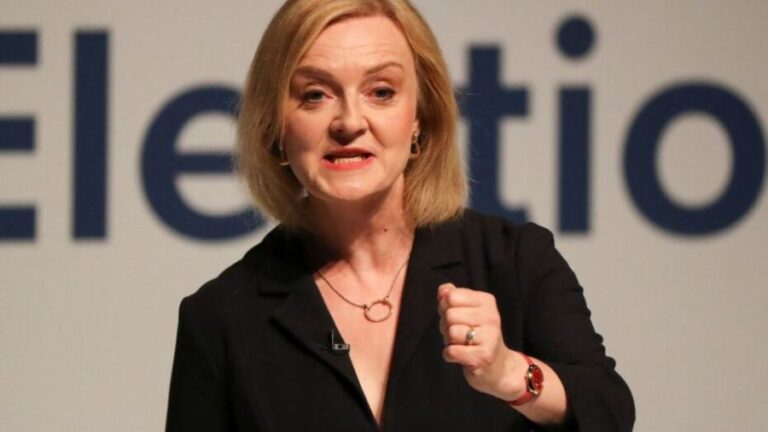The I2U2 Framework Is Integral to India’s Multipolar Grand Strategy
While some in the Alt-Media Community might not approve of India’s I2U2 partners, they should nevertheless accept that it’s in perfect alignment with that Great Power’s truly non-aligned and multipolar foreign policy.
Biden’s trip to Israel saw him participate in a videoconference alongside counterparts from his host, India, and the UAE for the first-ever I2U2 (India-Israel-UAE-USA) leaders’ summit. The event was symbolic for several reasons. First, it showcased political pragmatism by involving a monarchy and three self-described democracies, though some of the last-mentioned category like Israel have questionable credentials. Second, it carried the optics of a “Convergence of Civilizations” between Christianity, Hinduism, Islam, and Judaism, or at least that’s its supporters can present it. And third, its high-sounding goal of comprehensive cooperation during these uncertain times gives off a sense of urgency.
Despite being bereft of tangible substance with only few exceptions like the UAE’s commitment to invest $2 billion in integrated food parks across India, the I2U2 Summit was actually pretty significant because of what it indicates about India’s grand strategic goals. This rising Great Power is practicing a policy of principled neutrality towards the Ukrainian Conflict that resulted in it defiantly rebuffing US-led Western pressure to condemn and sanction Russia, unlike Israel and the UAE which condemned it at the UN, though Abu Dhabi abstained from voting to remove Russia from the Human Rights Council. Instead of finding itself isolated from them, India is being enthusiastically courted by those same three states.
The I2U2 was first mentioned last October, though its roots can be traced even further back to September 2019 when Israel proposed incorporating India into what’s since been called the “Arab-Mediterranean Corridor” (AMC). Prior to Russia and India resolving the previously unprecedented twists and turns in their strategic partnership, it appeared as though the AMC would replace the North-South Transport Corridor (NSTC) through Iran, the latter of which was initially intended to ultimately connect India with the EU via Iran and Russia. Since the start of Russia’s ongoing special military operation in Ukraine, however, the NSTC has been revived as Moscow’s only viable international logistics corridor.
This observation prompted supporters of the emerging Multipolar World Order to wonder why India is cavorting with the US in West Asia after asking something similar with respect to its participation in last month’s G7 Summit just a week after taking part in the BRICS Summit (the second question of which the author addressed here). Those who don’t understand what’s going on must first accept that multipolarity isn’t about zero-sum relationships like the US’ declining unipolar hegemony is but concerns pragmatic cooperation with all likeminded partners as long as it doesn’t adversely affect any third party. With this in mind, India’s participation in the I2U2 Summit begins to make a bit more sense.
Before proceeding, however, a background briefing about Indian grand strategy is in order so that the integral importance of the I2U2 Summit within it can become clearer. In short, India is practicing a policy of dual-tripolarity in Eurasia and the Indo-Pacific vis-à-vis Russia and Iran in the first-mentioned and ASEAN in the second, the goal of which is to midwife a tripolar world order out of what Indian thinker Sanjaya Baru accurately described as the present bi-multipolar intermediary phase of the global systemic transition to multipolarity. This outcome is intended to most effectively enhance every state’s strategic autonomy with respect to the American and Chinese superpowers as well as one another.
West Asia, however, isn’t in a state of bipolarity nor tripolarity but complex multipolarity (“multiplexity”) characterized by the influence exerted upon it by the American and Chinese superpowers; the Indian, Iranian, Russia, and Turkish Great Powers; comparatively less influential players like Israel and Saudi Arabia; and non-state actors like Hezbollah, ISIS, and the Kurds, et al. Within this complicated context, the I2U2 aims to create a more robust geo-economic East-West axis building upon Israel’s AMC, which just so happens to slice right through the middle of the region. From India’s perspective, this helps diversify its geo-economically driven grand strategy in the Eastern Hemisphere.
Instead of competing with its “Act East” policy of ASEAN engagement (the Indo-Pacific pillar of its dual-tripolarity policy) or replacing the NSTC (the Eurasian element of that same policy), the I2U2-organized AMC is intended to complement everything by pioneering a multimodal corridor to the EU and even North Africa that evades the Suez Canal chokepoint. This megaproject also serves as a sign of good faith and trust from India with respect to reassuring Israel, the UAE, and the US that the NSTC with Iran and Russia isn’t aimed against any third parties like them. Put another way, the AMC is just the latest branch of the Eurasian-wide connectivity network that this civilization-state hopes to build across the 2020s.
While some in the Alt-Media Community might not approve of India’s I2U2 partners, they should nevertheless accept that it’s in perfect alignment with that Great Power’s truly non-aligned and multipolar foreign policy. Seeing as how multipolarity isn’t about zero-sum relationships with exclusive partners but pragmatic, mutually beneficial, and multilateral ones, it makes sense why India considers the AMC with Israel, the UAE, and the US to objectively be in its national interests, which importantly aren’t being advanced at the expense of any third parties. For that reason, one can dislike some or all of India’s partners while still appreciating the multipolar grand strategy that it’s pursuing.







